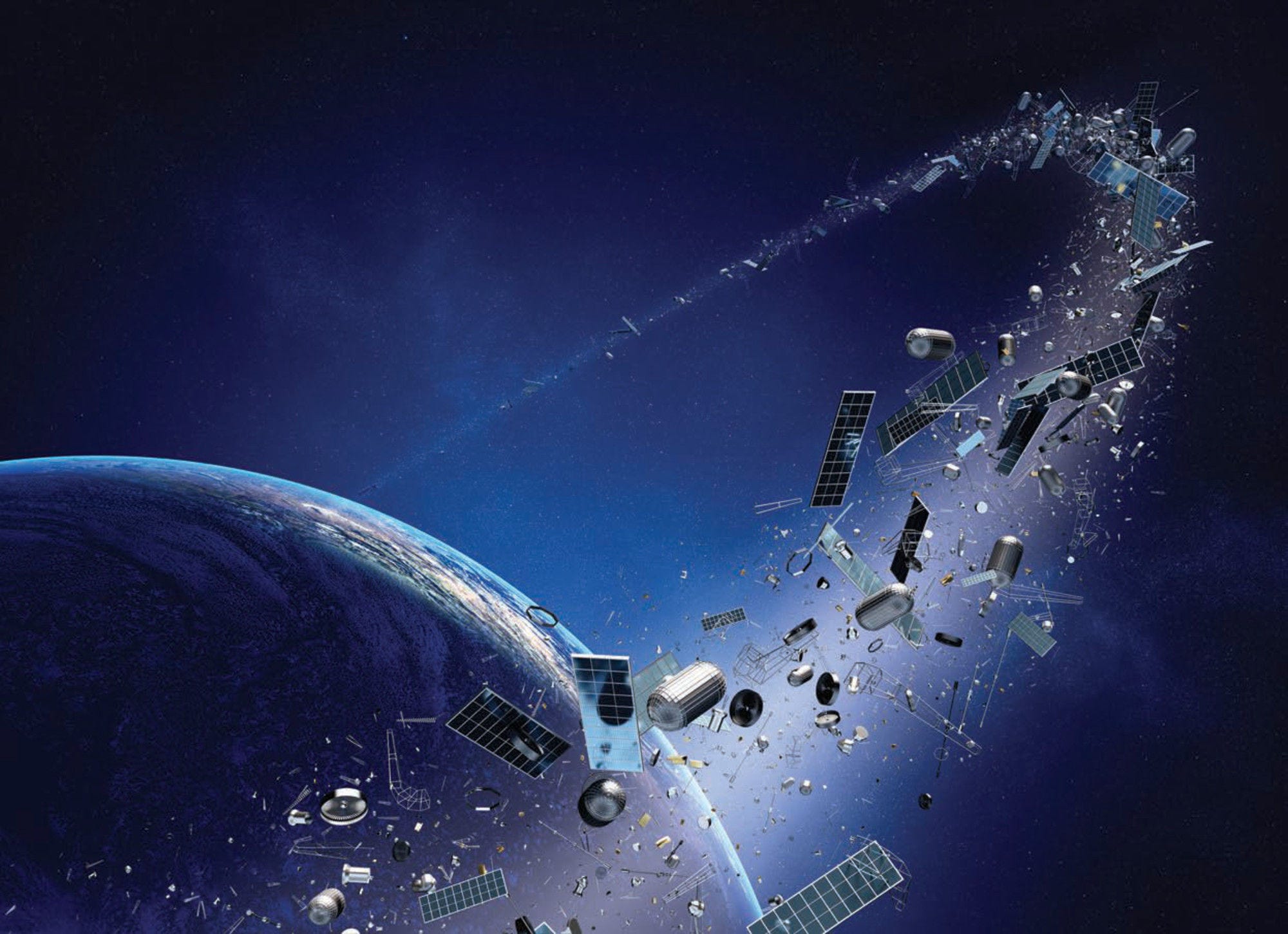The OECD Space Forum assists governments, space-related agencies and the private sector to better identify the statistical contours of the growing space sector worldwide, while investigating the economic significance of space infrastructure and its role in innovation for the broader economy.
On the initiative of several of its Steering Group members, the OECD Space Forum launched a project on space sustainability and the economics of space debris in 2019. The use of Earth’s orbits, particularly low-earth orbit, is intensifying and is accompanied by a growing accumulation of space debris. The environmental stability of Earth’s orbits is therefore a growing concern among policy makers. The main concern is that debris density reaches such high levels that it triggers an irreversible chain reaction of on-orbit collisions, the so‑called Kessler Syndrome. This tipping point may ultimately render certain orbits of high socio-economic value unusable.
Several international organisations and bodies, national administrations and space agencies have carried out extensive work on space debris mitigation and the sustainability of space activities, mainly concentrating on the technical aspects of space debris and the congestion of low-earth orbits. The OECD initiative complements these efforts by focusing on economic aspects. This involves the identification and, where possible, valuation of the economic effects generated by the accumulation of space debris as well as their mitigation or potential remediation, distributed over time and for different users.
The first phase of the project outlined the problem and set a research agenda, as summarised in the 2020 OECD policy paper entitled “Space sustainability: The economics of space debris in perspective”. In 2021, the second phase engaged new actors and launched novel research in this domain, inviting students and faculty in universities and research organisations to examine the value and sustainability of space infrastructure. This project and its follow-up in 2022-23 will provide new evidence for decision makers when assessing the risks and opportunities of space developments, providing valuable contributions to the international knowledge base. This publication presents the findings of the first phase of this project.
